The Ruddy Duck is a small duck species that live in North and South America. The North American and South American populations are separate subspecies. Males are easy to recognize because they have blue-colored beaks during the breeding season.
Like most waterfowl, they migrate seasonally to reproduce, and migrate over the winter to warmer climates. Read on to learn about the Ruddy Duck.
Description of the Ruddy Duck
Like most ducks, female Ruddies are brown and easily camouflaged. Males are not quite as brightly-colored and dramatic as some other duck species, such as the King Eider, or the Harlequin ducks, but they do have their own flashy traits.
This duck’s head is black with white cheeks, and its beak is sky blue. The rest of its body is reddish-brown colored, and its tail is black. Both sexes are just over a foot long, and weigh around a pound or so.
Interesting Facts About the Ruddy Duck
Ruddy Ducks are unique little birds with a number of traits and behaviors that make them unique. Learn more about these ducks below.
- Stiff-Tailed Ducks – This species is one of several known as stiff-tailed ducks. All members of the genus Oxyura have the same stiff tail feathers and wide-based bills. The other stiff-tailed ducks are the Blue-Billed, Andean, White-Headed, Maccoa, and Lake Duck.
- Schoolyard Bullies – These little ducks often take the brunt of aggression from other species of waterfowl. While their neighbors are breeding, they tend to get somewhat grouchy. When they are breeding, American Coots, Pied-Billed Grebes, and Horned Grebes all attack Ruddy Ducks.
- Eye for an Eye – Of course, once the Ruddies begin their breeding season, the tables begin to turn. When they are protecting their nests, eggs, and ducklings, this species becomes quite ferocious. They chase off any other creatures that venture too close to their territory during this time. Pond-side politics are intense!
- Big Babies – Even though they are small, Ruddy Ducks lay very large eggs! In fact, this species lays the largest eggs in relation to body size of any duck. Bigger eggs hatch bigger ducklings, and bigger ducklings become mature much faster. In fact, their parents leave them when they are less than a month old!
Habitat of the Ruddy Duck
This species’ habitat preferences vary based on the season. During the winter, they usually live in wetlands, lakes, ponds, bays, estuaries, and marshes. As spring approaches, they migrate towards their breeding grounds, stopping at wetlands and lakes.
They reproduce in ponds, marshes, and lakes with dense vegetation and shrubbery. Aquatic and lakeside vegetation are both important while reproducing for both nest-building materials and hiding from predators.
Distribution of the Ruddy Duck
These ducks have two primary ranges, one across much of the United States, Mexico, and southern Canada. Their other range extends across the western coast of South America, throughout the Andes mountain range. While they live over a large expanse, the North American population all breeds in south-central Canada and north-central United States.
Diet of the Ruddy Duck
These ducks are omnivores, and feed primarily on a mixture of plants and invertebrates. They sport a spatula-shaped bill, which they use to sift through mouthfuls of mud in search of worms, snails, beetles, shrimp, insect larvae and other small creatures.
They eat a variety of plants, including grass seeds, pondweed, water lilies, duckweed, arrowhead, and more. Like most waterfowl, they eat more insects while they are breeding and raising ducklings because their need for protein is greater.
Ruddy Duck and Human Interaction
Though humans hunt Ruddy Ducks, the U.S. Fish & Wildlife Service regulates hunting. This ensures that breeding populations remain healthy and stable. These regulations also protect their primary breeding habitats, and any important migration stops. Because of this, their populations are stable and the IUCN lists this species as Least Concern.
Domestication
Humans have not domesticated Ruddy Ducks in any way.
Does the Ruddy Duck Make a Good Pet
No, Ruddies do not make good pets. They might look cute and cuddly, but humans cannot easily handle them, like their domesticated counterparts. In most places it is also illegal to own a Ruddy as a pet. Instead, choose a domestic Mallard or Muscovy duck.
Ruddy Duck Care
In zoos, these little ducks often live in habitats with several other species of waterfowl. They are relatively aggressive, especially while breeding, and they typically chase their neighbors around when they get too close to their nests. Because of this, aviaries should be adequately large enough for all of the waterfowl and other birds to have their own space.
Enclosures should also have plenty of water features to forage in. Additional nutrition, in the form of vegetables and pelleted duck feed, helps ensure these ducks receive all the proper vitamins and minerals.
Behavior of the Ruddy Duck
This duck species spends most of its time in the water, and they usually only come on land to nest. They are excellent swimmers, capable of diving underwater very swiftly to avoid predators. These ducks are semi-social.
Some individuals are solitary, some live-in pairs, and others form small groups. When the breeding season arrives, the ducks pair off and do not tolerate anyone near their nest except their mate.
Reproduction of the Ruddy Duck
Ruddy ducks build their nests right along the water’s edge, usually with a variety of dead vegetation. The female often makes a ledge above the nest with the vegetation, to help prevent predators from spotting her.
Most clutches have about eight eggs, and the female incubates these for just under a month. The ducklings are quite large when they hatch, and almost self-sufficient. The parents leave them to their own devices when they are three or four weeks old, though they do not begin to fly until they are about two months old.

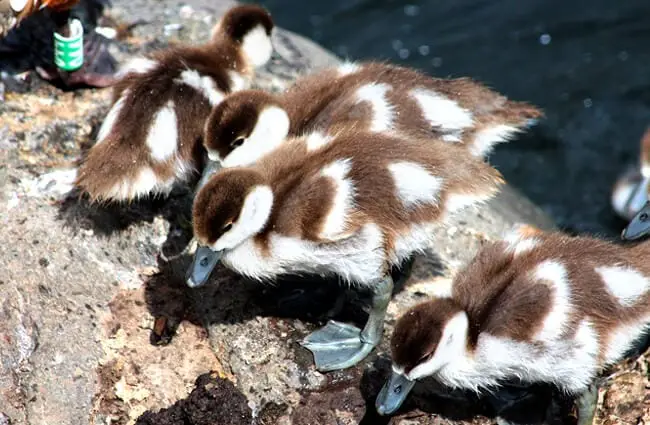
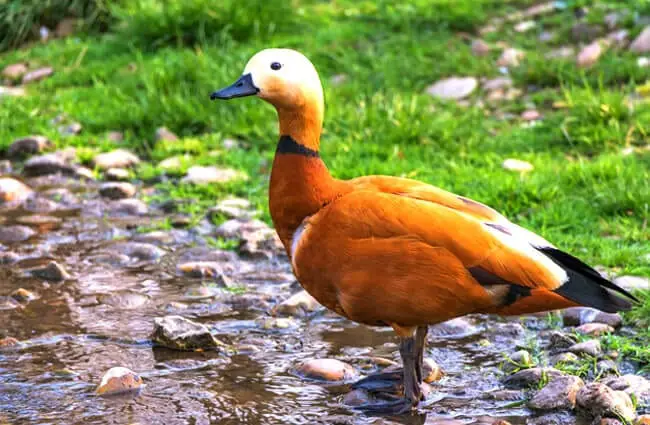

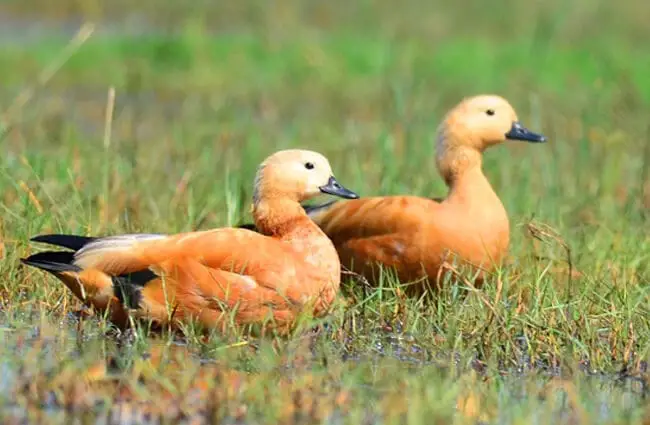
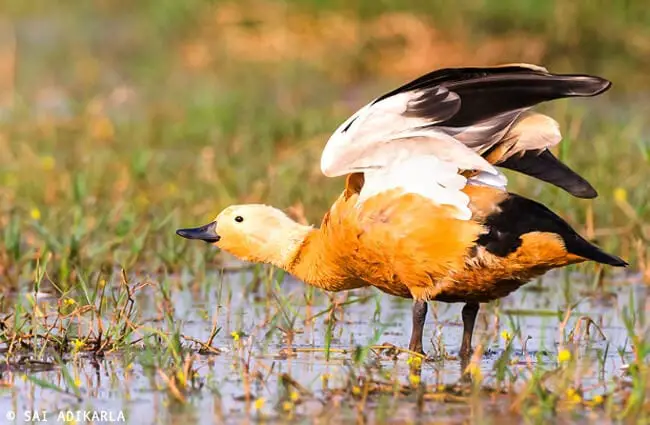

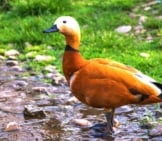


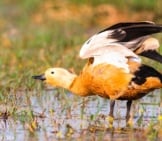
![Red Angus Closeup of a beautiful Red Angus cowPhoto by: U.S. Department of Agriculture [pubic domain]https://creativecommons.org/licenses/by/2.0/](https://animals.net/wp-content/uploads/2020/03/Red-Angus-4-238x178.jpg)












![Red Angus Closeup of a beautiful Red Angus cowPhoto by: U.S. Department of Agriculture [pubic domain]https://creativecommons.org/licenses/by/2.0/](https://animals.net/wp-content/uploads/2020/03/Red-Angus-4-100x75.jpg)

